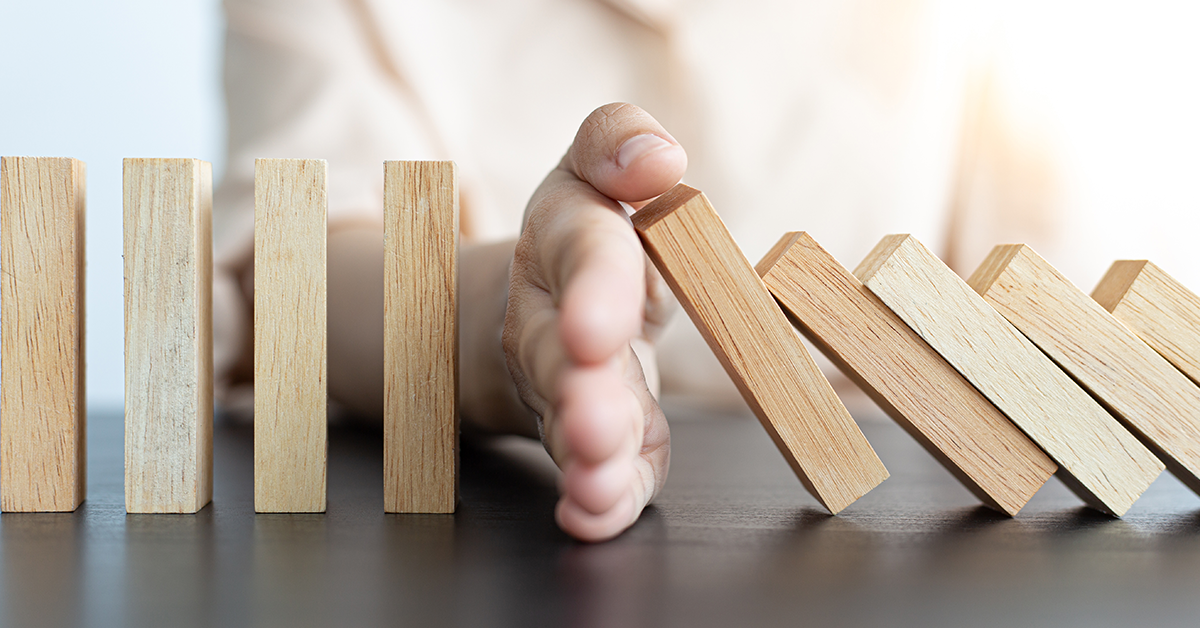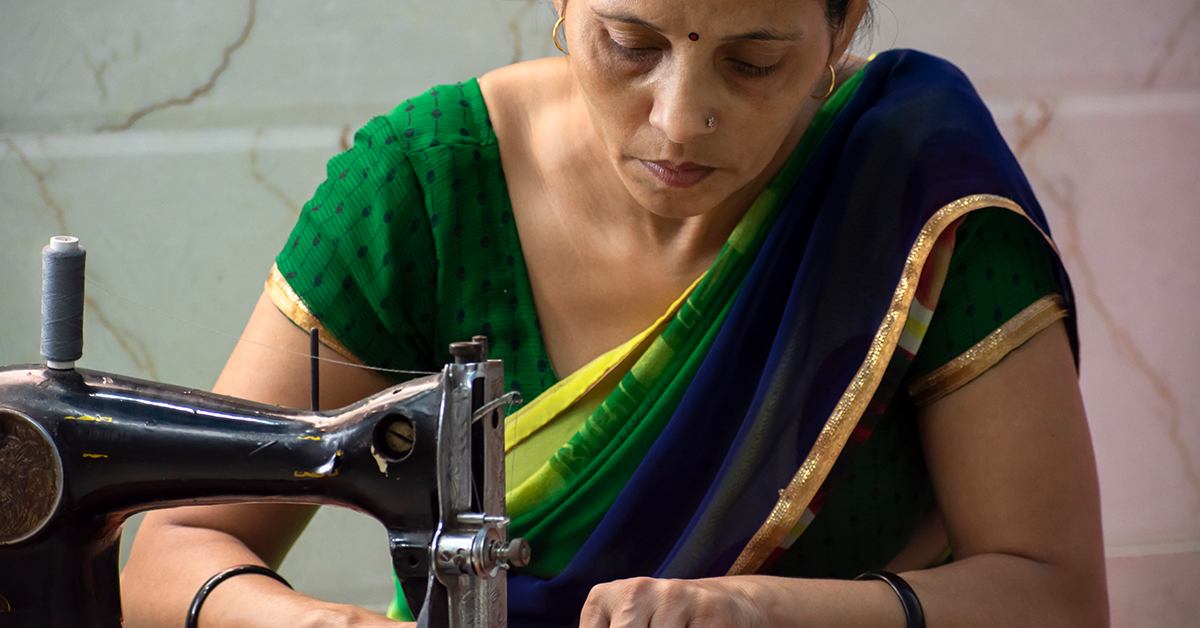Living with osteoporosis doesn’t need to be overwhelming and it doesn’t mean that your life can’t be as full as it was before. Starting a healthy bones lifestyle can help you cope with osteoporosis in your daily life. Follow these ten tips recommended by other patients with osteoporosis.1 They will help you to take control of your daily life as well as helping to strengthen your bones and reduce the risk of fractures.
It is important to remember that osteoporosis is a chronic condition. In order to keep protecting your bones and reducing your risk of fracture your medication may need to be taken for many years.2 It is important to take your medication as directed by your doctor, and don’t stop taking it even if you feel well. Attend the regular appointments set by your doctor and make sure to have bone scans and any other tests that are recommended to monitor your treatment and check your bone health.
Talk to your doctor and healthcare team – your pharmacist, dietician, physiotherapist, occupational therapist, and specialist can advise you about your lifestyle habits, diet, exercise to help you live with osteoporosis.
Watch your diet and learn which foods are rich in calcium and vitamin D – these important minerals work together to keep your bone strong. Aim to eat a varied and healthy range of foods – lots of fresh fruit and vegetables, meats and fish, and dairy products are the essential ingredients for strong healthy bones.3,4
When you have osteoporosis, being under or overweight can interfere with your bone health and increase your risk of fractures. Talk to your doctor or nutritionist who can help with some tips to get your weight in a healthy range.5
Some patients find that they can’t bend in the same way they could before they had osteoporosis. So be careful when doing household chores – space out your activities during the day or week, you don’t need to do them all at once. And ask for help to lift and carry things if you need to.1
Regular weight-bearing exercise and muscle strengthening exercise is a great way to build stronger bones and help protect against future fractures.3 Walking is great for osteoporosis too, so if you can, try to walk to work or the shops – every little bit helps.1
People with osteoporosis can often feel afraid of falling, especially when outside your home environment. On public transport, don’t feel afraid to ask for a seat, especially if it is crowded. And take care when getting on and off public transport and out of cars and taxis.1
Heavy drinking can reduce bone building. It can also increase your risk of falling and breaking a bone.3
We all know that cigarettes are bad for your healthy. But did you know that cigarettes also make it harder for your bones to absorb calcium? Smoking increases the risk of hip fracture by up to 1.8 times. If you can avoid smoking, you should.3,5
Poor sleep has been shown to interrupt your body’s ability to build new bone, resulting in more fragile bones.6 Try to get at least 7–9 hours of sleep per night. 7



References – Ten tips for living with osteoporosis
1 International Osteoporosis Foundation. Patient stories. osteoporosis.foundation/patients/patient-stories.
2 International Osteoporosis Foundation. Treatment. osteoporosis.foundation/patients/treatment
3 Bone Health & Osteoporosis. Healthy bones for life - Patient’s guide. 2014. bonehealthandosteoporosis.org/healthy-bones-for-life.
4 International Osteoporosis Foundation. Serve up bone strength throughout your life. 2015. osteoporosis.foundation/educational-hub/material/brochures.
5 International Osteoporosis Foundation. Love your bones: Protect your future. 2016. osteoporosis.foundation/educational-hub/material/brochures
6 Science Daily. Prolonged sleep disturbance can lead to lower bone formation. 2017. www.sciencedaily.com.
7 National Sleep Foundation. How much sleep do we really need? www.sleepfoundation.org.